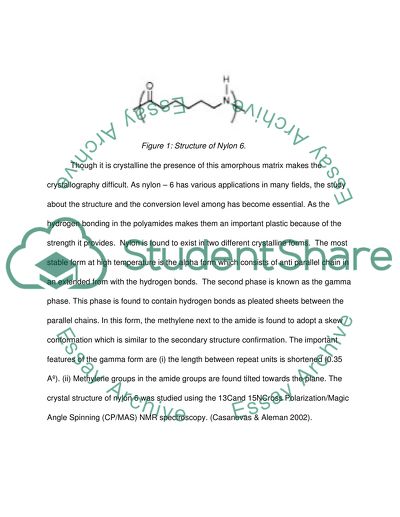Cite this document
(“NMR Characterization of Nylon 6 Research Paper Example | Topics and Well Written Essays - 2500 words”, n.d.)
NMR Characterization of Nylon 6 Research Paper Example | Topics and Well Written Essays - 2500 words. Retrieved from https://studentshare.org/miscellaneous/1572360-nmr-characterization-of-nylon-6
NMR Characterization of Nylon 6 Research Paper Example | Topics and Well Written Essays - 2500 words. Retrieved from https://studentshare.org/miscellaneous/1572360-nmr-characterization-of-nylon-6
(NMR Characterization of Nylon 6 Research Paper Example | Topics and Well Written Essays - 2500 Words)
NMR Characterization of Nylon 6 Research Paper Example | Topics and Well Written Essays - 2500 Words. https://studentshare.org/miscellaneous/1572360-nmr-characterization-of-nylon-6.
NMR Characterization of Nylon 6 Research Paper Example | Topics and Well Written Essays - 2500 Words. https://studentshare.org/miscellaneous/1572360-nmr-characterization-of-nylon-6.
“NMR Characterization of Nylon 6 Research Paper Example | Topics and Well Written Essays - 2500 Words”, n.d. https://studentshare.org/miscellaneous/1572360-nmr-characterization-of-nylon-6.


